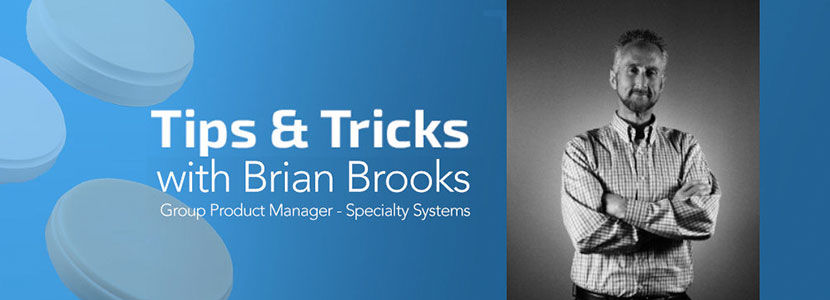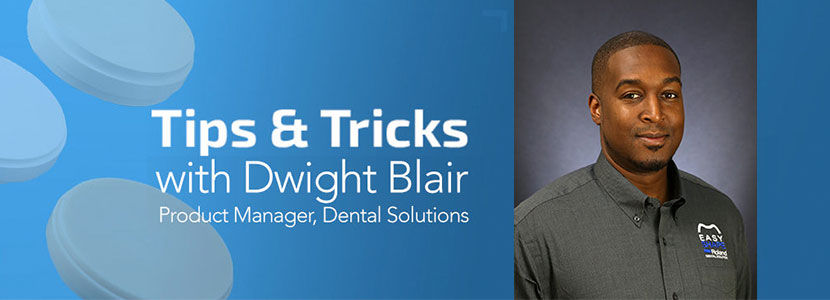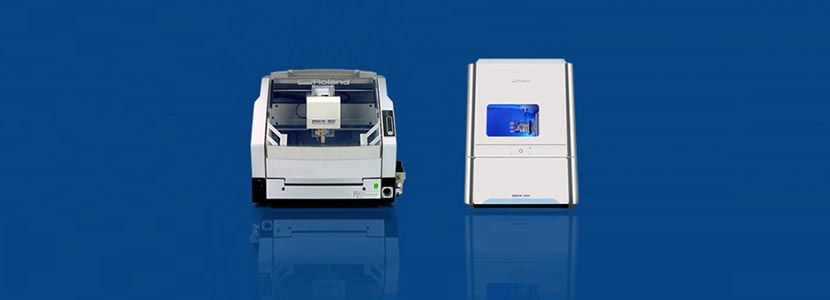Many of you are familiar with Roland DG inkjets, but you may not be aware of the “other” side of our business which is responsible for some pretty unique applications from 3D milling, scanning and impact printing technologies. The latest Roland DG innovation in this space is aimed at the dental market. That might surprise you, but actually, the benchtop milling machines Roland DG DWX-50 5-Axis Dental Milling Machinewe’ve been perfecting over the last 30-years, primarily for engineers and product designers to prototype 3D models in wax, plastics, wood and a variety of other materials, transition beautifully into Digital Dental Mills, carving out dental prosthetics from a special ceramic called Zirconia (yes, a variant of Cubic Zirconia). Zirconia, a material biologically compatible with the human body and stronger (many times over) than our own teeth, is becoming very popular in the dental industry, however, it can’t be manufactured with their traditional methods (ei. precious metal & lost wax casting). Instead it requires a mill to shape the crown, bridge or coping.
Read More



